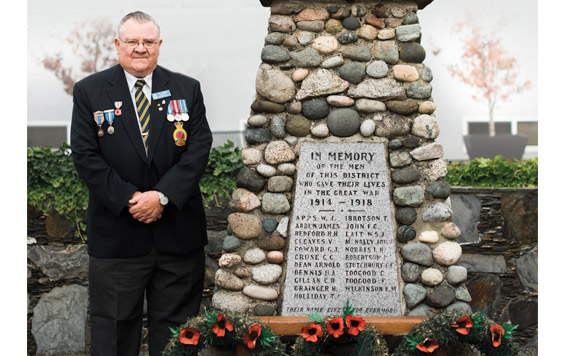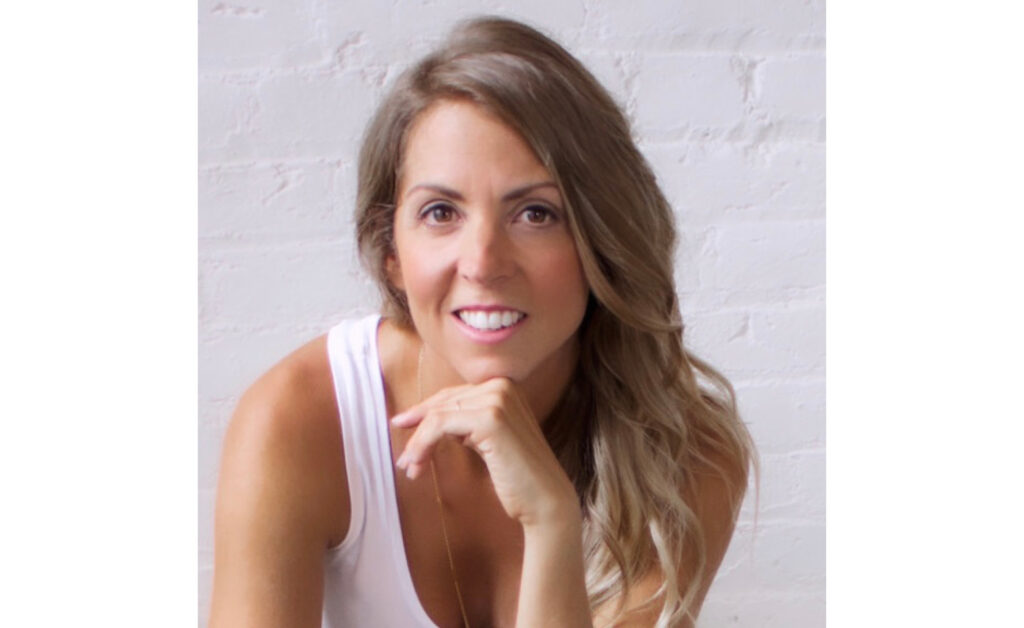by Jo Barnes –
“He was my age!” These words from a Scout reflect how the themes and messages of Remembrance Day can still come alive for today’s youth. But how do we keep telling the stories of the World Wars and military history and keep it relevant for the younger generation?
“It’s important to put things into context for youth and to help them understand the sacrifice people make in order to prevent genocide or keep peace,” shares Ross Benton, National Volunteer Services Team, Scouts Canada.
For some youth, they learn within a community group like Scouts, which focuses on community service, respecting heritage and culture and contributing meaningfully to society. Young Scouts make wreaths and present them at the local cenotaph or participate in parades. Some join Sea Cadets.
“We spend time teaching our cadets about the importance of Canada’s role as a leader in worldwide peacekeeping and in maintaining security around the world, as well as the service and sacrifice of Canadians during past conflicts,” says Lieutenant Nancy McAleer, Commanding Officer, Sea Cadets, Victoria.
When young people join together with the larger community in front of the cenotaph, it’s an opportunity for them to join members of the military and honour those who sacrificed to protect the privileges and freedoms we enjoy today.
“We stand side by side with Canadian Forces members at these events,” says Nancy. “All young Canadians should be aware of our history and the citizens who came before us.”
Shares former sea cadet Andrew Sherring: “For me, it’s like you’re revisiting a funeral, mourning for an old family member. It’s a responsibility you do willingly.”
Education about remembrance and veterans begins early. The Royal Canadian Legion sponsors a province-wide poster and literary contest for grades one through 12. As well, young people participate in the annual Poppy Campaign, which not only generates funds for veterans but also bursaries for youth.
“Cadets and bursary recipients are all involved with poppy tagging,” says Andy Anderson, Poppy Campaign Coordinator (pictured at the Sidney Cenotaph).
To share the stories of military history and its relevancy, meaningful dialogue is key.
“I tell the scouts when my grandfather was 17 he and his brothers went overseas, and by some miracle they all came back. They realize they are the same age; it’s a real eye opener,” shares Ross.
“The kids today know about Remembrance Day, but they don’t stop to think about it really,” says Andrew, adding: “It takes years to develop understanding of what it means. It takes a while for it to sink in and see that this is what it took for the way the world is now.”
There are also other ways to engage our young people.
“We can participate in events such as the Battle of the Atlantic parade and the candlelight vigil at God’s Acre (veteran’s cemetery at CFB Esquimalt),” suggests Nancy. “We can have guest speakers come talk to youth, hold open houses at military installations and basically make connections with the community.”
“Schools often have gatherings leading up to Remembrance Day,” says Ross. “Legion groups host activities to thank the youth; it’s here young people begin to have a context.”
Remembrance Day is also a reminder that people continue to sacrifice and serve in present-day conflict and peacekeeping missions.
“In my experience there are more Canadians of all ages attending November 11 events the last few years. It has become more popular in our culture to acknowledge the efforts of our military members, especially since the Afghanistan conflict,” shares Nancy.
Andy adds: “The Invictus Games and dedication places like the Afghanistan Memorial all keep the stories relevant.”
It’s all about connecting past to present. Theatre artist and educator Mark Hellman recently coordinated an oral history project with students at Victoria High School. The project was created for Canada’s 150th celebration; its focus was to gather elders’ stories and create a permanent record of their voices and memories.
“It connected students to living history around them. They could talk with someone who grew up in another era before them,” says Mark.
The students listened as seniors shared stories of the war and the things they experienced when they were about the same age as their high school audience. Says Mark: “The project gave students a sense of seeing a world through the eyes of someone of their same age.”
Young people can also learn through war-based dramatic presentations, like those given by Victoria based Story Theatre Company which uses source material like soldier’s letters to engage students and help them access what it was like to live during the wars.
On Remembrance Day we look back, yes, but it also prompts us to look around and connect with each other, regardless of age, and cherish the freedoms and privileges we all have in Canada.
Photo by Nunn Other Photography.




